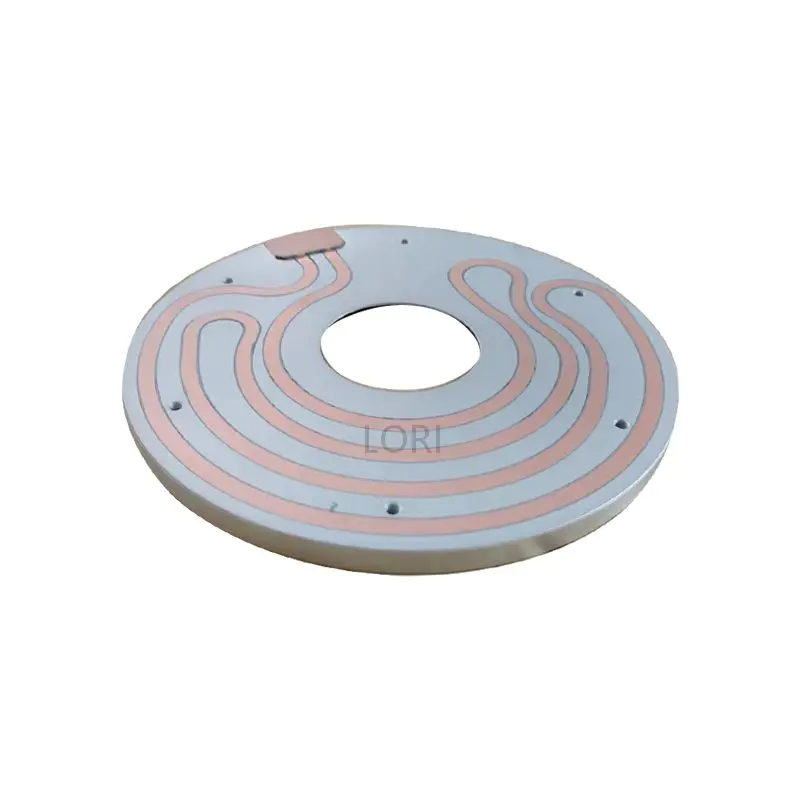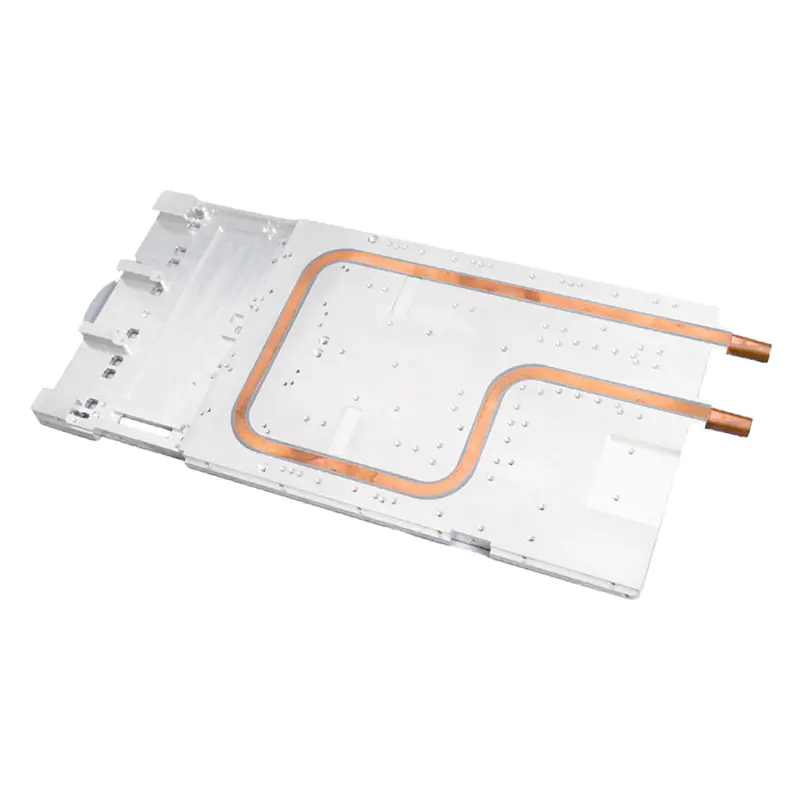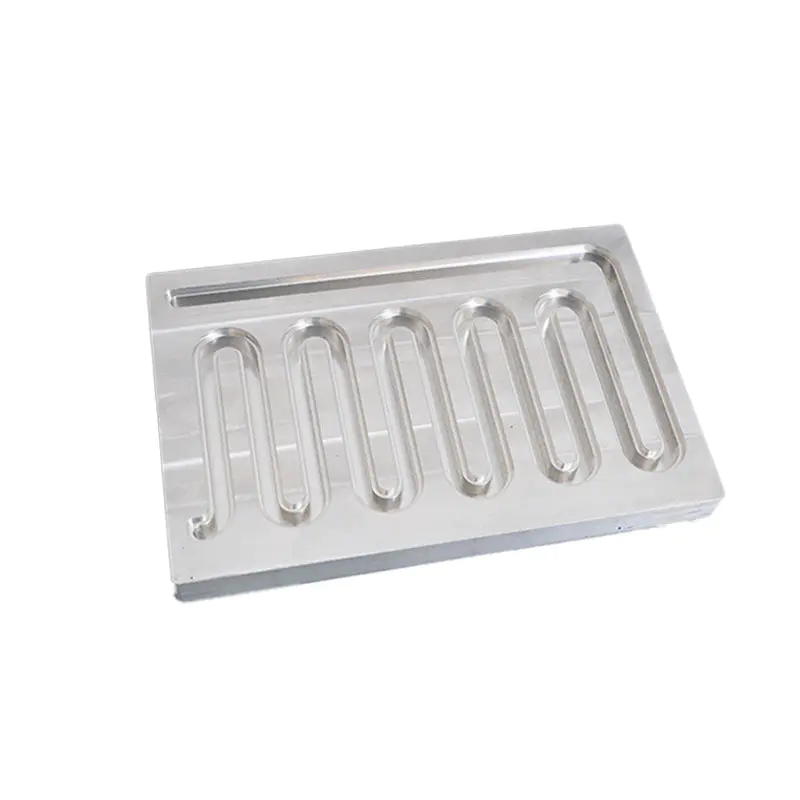What is a cold plate for thermal management?
Cold plates (also known as liquid cooling plate, water cooled plates) are metal plates with liquid circulating inside.As electronic components become more and more powerful, space is limited by miniaturization: the density and amount of heat dissipation in electronic projects is increasing. cold plates are an effective thermal management solution with highly customizable possibilities and the ability to dissipate large amounts of heat in small spaces.
The main components of a thermal management system
Cold plate: Mounting the heating elements directly on the cold plate allows for efficient heat transfer. The connection between the cold plate and the rest of the system is accomplished primarily using pluggable connectors.
Fluid pumps: The size of the pump needs to be selected according to the global thermal management system (size of the cold plate, heat dissipation, type of coolant to be used, etc.).
Fans and heat exchanger plates: The liquid coolant is circulated through the heat exchanger plates and cooled by the air transfer force of the fans.Capable of cooling the heated coolant.
Piping: Used to connect the pump to the cold plate as well as the heat exchanger and decompression tank.
Decompression tank: As the temperature of the liquid changes, the volume changes. The decompression tank prevents overpressurization in the thermal management system.
How are cold plates manufactured?
The main material used in the manufacture of cold plates is aluminum (AL6061 or AL6063) because it has good thermal conductivity and is easy to manufacture, and the raw material price is lower than copper. For specific parts of the cold plate we can use copper because of its high thermal conductivity. The connections of the cold plate are made of brass because it is easy to CNC machine and braze and can be surface Surtec 650 or anodized.
Tube laminated to aluminum plate (joined with epoxy resin)

Water Cooling Plate For High Power Motor Controllers
First, the aluminum plate is CNC-machined according to the liquid flow path.At the same time the tubes (mainly copper, but also aluminum or stainless steel) are pre-formed.The cold plate is then covered with epoxy.The tubes are then laminated to the cold plate and the epoxy resin ensures perfect physical contact between the cold plate and the laminated tubes.
The final cold plate is then surface treated to ensure cold plate flatness and to remove excess epoxy.The tubes can be left exposed or covered with a layer of epoxy to completely bury them.
Advantages: This is the most economical way to manufacture cold plates.Pressure loss is low due to good liquid flow through the cold plate.We can also CNC the entire surface in preparation for component assembly on the cold plate.
Disadvantages: The flatness of the machined side (the side with the tube) cannot be very low. Tooling is required for tube molding.In some areas, one side of the tube cannot come into contact with certain materials, such as the food industry or medical applications.However, there is no problem on the other side where there is only one metal material (e.g. aluminum).
Holes are drilled in the sheet metal (mainly aluminum).

New Energy Vehicle Battery Copper Tube Liquid Cold Plate
The metal plate is drilled to allow fluid to circulate inside the cold plate.
Advantages: Low manufacturing cost because it is just drilling holes.
Disadvantages: The plugs used to seal the openings in the tubes are expensive and can account for a portion of the cost of the part.The drilling process creates a “dead zone” in the cold plate.
Aluminum Welding and Friction Stir Welding

U-shaped Water Channel Friction Stir Welding Aluminum Alloy Liquid Cold Plate
The friction stir welding (FSW) process allows two aluminum parts to be welded without adding any material.The process welds aluminum by melting the parts.
Advantages: lighter cold plate, higher mechanical properties, excellent water resistance and outstanding thermal shock resistance.
Disadvantages: not the most economical solution (compared to tubes laminated to machined cold plates).There are also size limitations.








